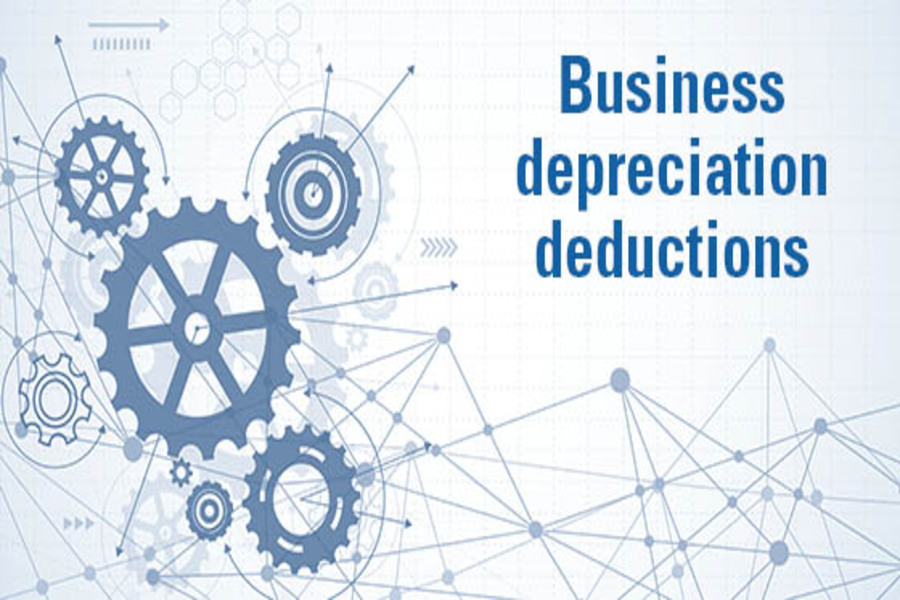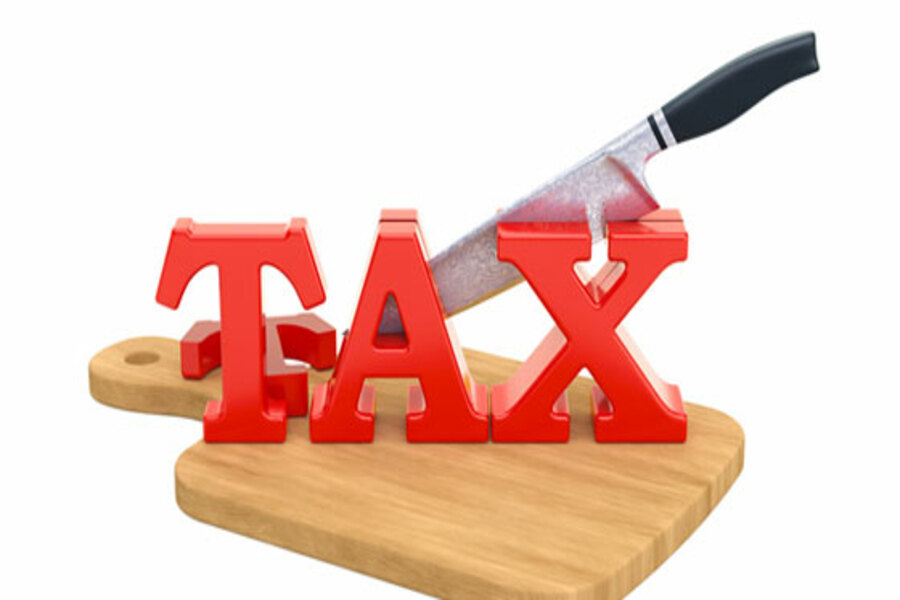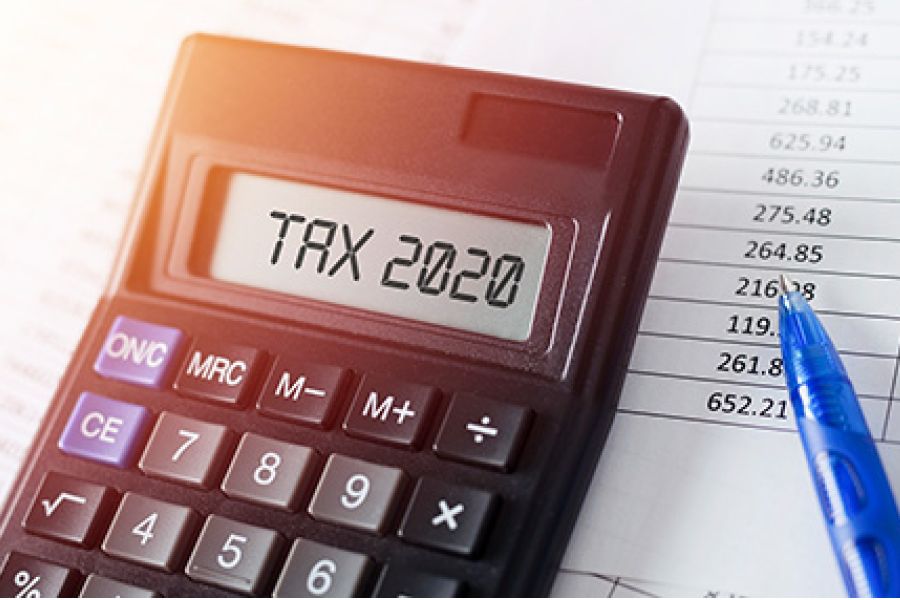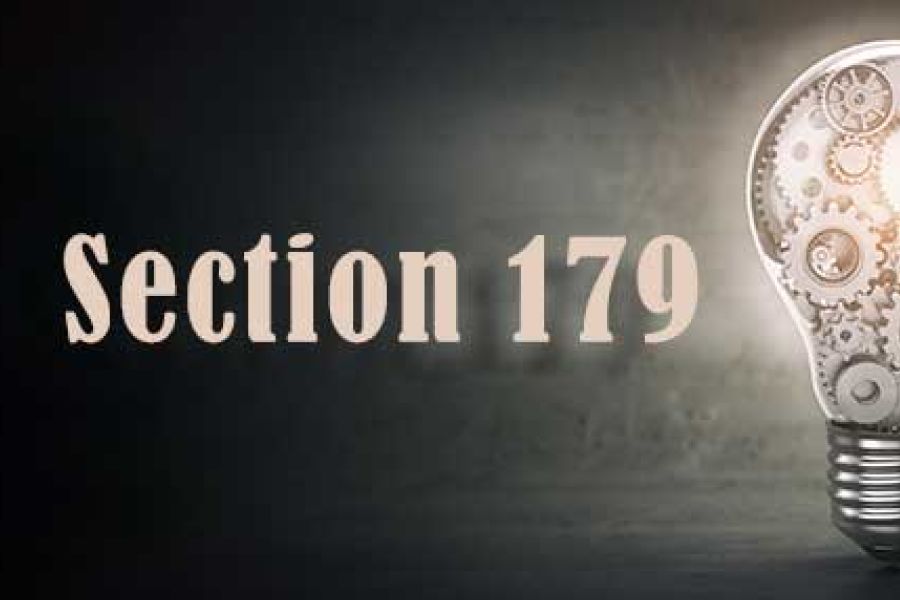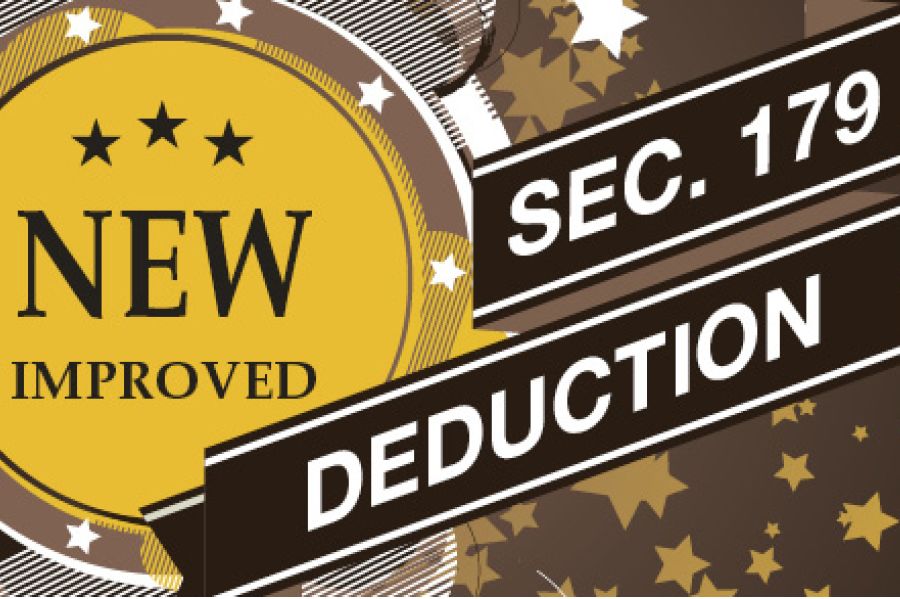Your business should generally maximize current year depreciation write-offs for newly acquired assets. Two federal tax breaks can be a big help in achieving this goal: first-year §179 depreciation deductions and first-year bonus depreciation deductions. These two deductions can potentially allow businesses to write off some or all of their qualifying asset expenses in Year 1. However, they’re moving targets due to annual inflation adjustments and tax law changes that phase out bonus depreciation. With that in mind, here’s how to coordinate these write-offs for optimal tax-saving results. §179 deduction basics Most tangible depreciable business assets — including equipment, computer hardware, vehicles (subject to limits), furniture, most software and fixtures — qualify for the first-year Sec. 179 deduction. Depreciable real property generally doesn’t qualify unless it’s qualified improvement property...

The Tax Cuts and Jobs Act liberalized the rules for depreciating business assets. However, the amounts change every year due to inflation adjustments. And due to high inflation, the adjustments for 2023 were big. Here are the numbers that small business owners need to know. §179 deductions For qualifying assets placed in service in tax years beginning in 2023, the maximum §179 deduction is $1.16 million. But if your business puts in service more than $2.89 million of qualified assets, the maximum §179 deduction begins to be phased out. Eligible assets include depreciable personal property such as equipment, computer hardware and peripherals, vehicles and commercially available software. §179 deductions can also be claimed for real estate qualified improvement property (QIP), up to the maximum allowance of $1.16 million. QIP...
Sometimes, bigger isn’t better: Your small- or medium-sized business may be eligible for some tax breaks that aren’t available to larger businesses. Here are some examples. QBI deduction For 2018 through 2025, the qualified business income (QBI) deduction is available to eligible individuals, trusts and estates. But it’s not available to C corporations or their shareholders. The QBI deduction can be up to 20% of: QBI earned from a sole proprietorship or single-member limited liability company (LLC) that’s treated as a sole proprietorship for federal income tax purposes, plus QBI passed through from a pass-through business entity, meaning a partnership, LLC classified as a partnership for federal income tax purposes or S corporation. Pass-through business entities report tax items to their owners, who then take them into...
As we approach the end of the year, it’s a good time to think about whether your business needs to buy business equipment and other depreciable property. If so, you can cash in on depreciation tax savers such as §179 for business property. The election provides a tax windfall to businesses, enabling them to claim immediate deductions for qualified assets, instead of taking depreciation deductions over time. Even better, the §179 deduction isn’t the only avenue for immediate tax write-offs for qualified assets. Under the 100% bonus depreciation tax break, the entire cost of eligible assets placed in service in 2020 can be written off this year. But to benefit for this tax year, you need to buy and place qualifying assets in service by December 31. What qualifies? The §179...
There’s good news about the §179 depreciation deduction for business property. The election has long provided a tax windfall to businesses. This is because it enables them to claim immediate deductions for qualified assets, instead of taking depreciation deductions over time. §179 was increased and expanded by the Tax Cuts and Jobs Act (TCJA). Therefore, it's a good time to buy business equipment. Even better, the §179 deduction isn’t the only avenue for immediate tax write-offs for qualified assets. Under the 100% bonus depreciation tax break provided by the TCJA, the entire cost of eligible assets placed in service in 2019 can be written off this year. §179 basics The §179 deduction applies to tangible personal property (e.g. machinery and equipment) purchased for use in a trade...
The Tax Cuts and Jobs Act (TCJA) has enhanced two depreciation-related breaks that are popular year-end tax planning tools for businesses. To take advantage of these breaks, you must purchase qualifying assets and place them in service by the end of the tax year. That means there’s still time to reduce your 2018 tax liability with these breaks, but you need to act soon. §179 expensing §179 expensing is valuable because it allows businesses to deduct up to 100% of the cost of qualifying assets in Year 1 instead of depreciating the cost over a number of years. §179 expensing can be used for assets such as equipment, furniture and software. Beginning in 2018, the TCJA expanded the list of qualifying assets to include qualified improvement...
If you purchased qualifying property by 12/31/17, you may be able to take advantage of §179 expensing on your 2017 tax return. You’ll also want to keep this tax break in mind in your property purchase planning, because the Tax Cuts and Jobs Act (TCJA), signed into law this past December, significantly enhances it beginning in 2018. 2017 §179 benefits §179 expensing allows eligible taxpayers to deduct the entire cost of qualifying new or used depreciable property and most software in Year 1, subject to various limitations. For tax years that began in 2017, the maximum §179 deduction is $510,000. The maximum deduction is phased out dollar for dollar to the extent the cost of eligible property placed in service during the tax year exceeds the...



